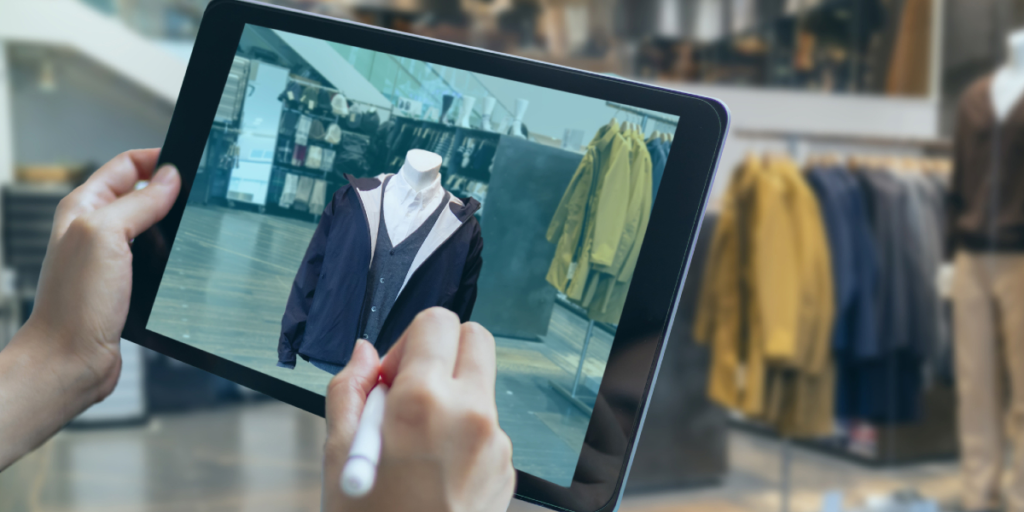Personalization in advertising is the art and science of crafting marketing campaigns that speak directly to the individual consumer rather than broadcasting one-size-fits-all messages to a mass audience. This approach focuses on tailoring messages, visuals, and offers based on unique customer data such as demographics, online behavior, purchasing history, and even psychographic traits. In an era where consumers are constantly bombarded with content, traditional generic ads are increasingly tuned out. By placing personalization in advertising at the core of marketing strategies, businesses can cut through the noise and connect with audiences on a deeper level. This connection is not just about selling products; it’s about building trust, showing understanding, and fostering loyalty in a way that makes customers feel valued and understood.
The Growing Importance of Personalization in Advertising
The rapid evolution of technology, from high-speed internet to advanced analytics tools, has significantly raised the bar for what customers expect from brands. Today’s consumers want experiences tailored to them, and brands that fail to adapt risk becoming irrelevant in a hyper-competitive marketplace. This is where personalization in advertising becomes not just a competitive advantage but a necessity. Companies that embrace personalization see measurable benefits, such as higher click-through rates, increased dwell time on websites, and improved brand recall. Research consistently shows that people are more likely to engage with and remember ads that reflect their personal interests and needs. In fact, surveys reveal that more than 70% of consumers become frustrated when content is not relevant to them, underlining why personalization is no longer optional but essential for modern advertising.
How Personalization in Advertising Works
At its core, personalization in advertising works by collecting and analyzing data from various consumer touchpoints to deliver targeted, relevant messages. This can include browsing activity, purchase behavior, geographic location, and engagement with previous marketing campaigns. By placing personalization in advertising in the middle of digital strategies, marketers can ensure that every ad feels like a continuation of the customer’s journey rather than a random interruption. For example, an e-commerce store might show a returning customer a banner featuring items they viewed but did not purchase, along with complementary products. Similarly, a streaming service could recommend shows based on viewing history, making the experience more enjoyable while subtly encouraging continued engagement. The key is to make personalization seamless and natural so that the consumer feels understood rather than surveilled.
The Role of Data in Personalization in Advertising
Data is the foundation upon which personalization in advertising is built, and without it, creating truly relevant campaigns would be nearly impossible. Brands collect first-party data from their websites, apps, and customer relationship management (CRM) systems, second-party data from trusted partners, and third-party data from external providers. Placing personalization in advertising in the middle of these data-driven efforts allows marketers to create detailed customer profiles that guide ad targeting and creative decisions. Behavioral data, such as the time a user spends on certain product pages, provides insights into their interests and purchase intent. However, this data must be handled with care. With regulations like GDPR and CCPA, businesses must ensure they collect and process data ethically, obtaining clear consent and being transparent about how it is used. By balancing personalization with privacy, brands can maintain consumer trust while delivering tailored experiences.
Benefits of Personalization in Advertising for Businesses
From a business standpoint, personalization in advertising can significantly enhance marketing ROI and overall brand performance. Tailored ads are more likely to grab attention, leading to higher engagement rates and ultimately driving more conversions. When personalization in advertising is applied effectively, it ensures that marketing budgets are directed toward high-potential prospects rather than wasted on uninterested audiences. Furthermore, personalized campaigns can shorten the sales cycle by showing consumers products they are already inclined to buy, reducing the time and effort needed to make a purchasing decision. Beyond immediate sales, personalization helps strengthen brand loyalty by making customers feel seen and appreciated. Over time, this translates into repeat purchases, positive reviews, and valuable word-of-mouth referrals.
Benefits of Personalization in Advertising for Consumers

Consumers also gain significantly when personalization in advertising is done right, as it makes their shopping and browsing experiences more convenient and relevant. Instead of being overwhelmed by irrelevant promotions, they receive offers and recommendations aligned with their interests, lifestyle, and needs. For example, a fitness enthusiast might appreciate seeing ads for high-quality sports gear or nutrition supplements rather than unrelated products. By placing personalization in advertising at the heart of the user experience, brands can help customers discover products they didn’t know they needed while saving them time. Personalized ads can also create a sense of connection and familiarity with a brand, which leads to stronger emotional ties and a higher likelihood of repeat engagement.
Challenges in Implementing Personalization in Advertising
While the advantages are clear, personalization in advertising comes with its own set of challenges. The biggest obstacle is managing and making sense of vast amounts of data collected from different channels. Without proper tools and expertise, data can become fragmented, leading to inconsistent or inaccurate personalization efforts. Privacy is another major concern, as consumers are increasingly aware of and sensitive to how their data is used. By placing personalization in advertising within ethical boundaries, brands must find the right balance between delivering relevant content and respecting user privacy. Technical limitations, budget constraints, and the need for skilled staff who understand both marketing and data analytics further complicate implementation. Additionally, there is a risk of over-personalization, where ads become too targeted and make consumers feel uncomfortable.
Best Practices for Effective Personalization in Advertising
To maximize results, brands should follow best practices when implementing personalization in advertising. Audience segmentation is crucial, as it allows marketers to group consumers based on shared characteristics and target each segment with tailored messages. Placing personalization in advertising within an ongoing testing and optimization process ensures that campaigns evolve with changing consumer preferences. Using AI and automation tools can streamline the delivery of personalized content, while dynamic creative optimization ensures that ad visuals and copy adapt in real time to match user data. Transparency about data collection builds trust, and allowing users to set their personalization preferences can increase comfort levels. Finally, maintaining a balance between relevance and variety prevents ads from becoming repetitive or predictable.
Technologies Powering Personalization in Advertising
The technologies driving personalization in advertising are becoming increasingly sophisticated, enabling marketers to achieve precision targeting at scale. Artificial intelligence and machine learning algorithms can predict customer behavior based on historical data, allowing brands to serve ads at the most opportune moments. By placing personalization in advertising at the center of technological strategies, businesses can use programmatic advertising to automatically purchase and optimize ad placements for specific audience segments. Customer data platforms (CDPs) unify data from multiple sources, creating a single customer view that powers targeted messaging. Dynamic creative optimization tools automatically adjust ad content based on real-time user data, ensuring maximum relevance and impact. Emerging technologies like augmented reality and virtual reality are also opening new possibilities for immersive, personalized brand experiences.
Future Trends in Personalization in Advertising
The future of personalization in advertising points toward even more advanced targeting capabilities and hyper-customized consumer experiences. With AI continuing to evolve, predictive analytics will become more accurate, allowing brands to anticipate needs before consumers express them. Placing personalization in advertising in the middle of innovations like voice search, AR, and VR will enable brands to deliver personalized experiences across entirely new channels. Hyper-personalization, which takes into account real-time data and context, will likely become the standard, ensuring that every interaction feels uniquely tailored. However, as personalization becomes more powerful, privacy regulations will grow stricter, requiring brands to innovate ways to maintain relevance without compromising trust. Companies that strike this balance will be the ones that thrive in the next decade of digital marketing.
Conclusion
Personalization in advertising has shifted from being a novel strategy to a business imperative in the digital age. By leveraging consumer data, advanced technology, and creative targeting, brands can deliver experiences that resonate on a personal level and drive measurable business results. Placing personalization in advertising at the heart of marketing efforts not only increases engagement and conversions but also fosters loyalty and long-term relationships. Although challenges such as privacy concerns and data management remain, the benefits far outweigh the obstacles when personalization is implemented thoughtfully. The future will favor brands that can blend relevance, transparency, and innovation, creating advertising that feels less like a sales pitch and more like a genuine conversation with the consumer.
















